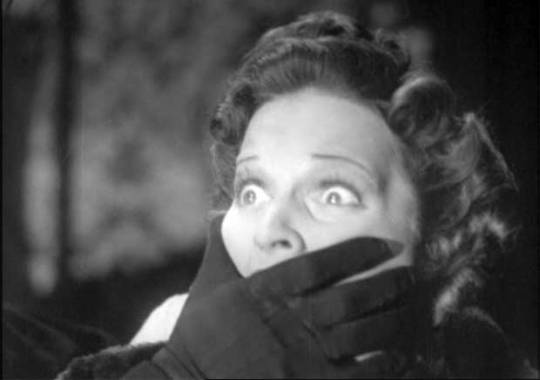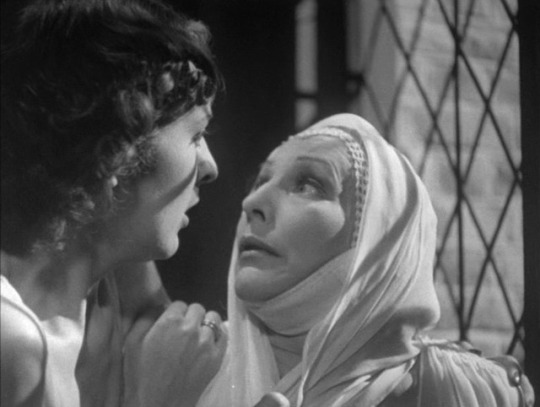#like thats the most obvious declaration of love in the history of music
Text
do you ever think about how john wrote "everyday we used to make it love / why can't we be making love nice and easy" followed by the lines "it's time to spread our wings and fly / don't let another day go by, my love" and in a song where he also mentions taking off alone like they used to do in the early days... wild
#sometimes i cant believe (just like) starting over exists#like thats the most obvious declaration of love in the history of music#it's like.. yeah we drifted apart for a while but no matter what i'll always love you#and#it's okay that we did because that's life#but it's enought now don't you think?#please let's get it together because i miss you#etc etc#i just. you know#it's just so very tender and sweet and a proof of love that is everlasting#the estranged lovers that finally meet again vibe that it gives me...#it almost feels like before sunrise by linklater you know.. but more mature and more like We Are Ready Now I Think#it also breaks my heart because of the circumstances and the tragedy#but oh what an incredible beautiful song#mclennon#j&p#john
329 notes
·
View notes
Photo







The Terror (Edgar Wallace’s The Terror, 1938)
“You are extremely heartless, Sir!”
“No heart about me, old boy. All brain.”
The history of The Terror is, like most Edgar Wallace properties, convoluted and confusing. Wallace was a machine, churning out scripts, plays and novels at a rate that Stephen King would find daunting, and by the mid 1920s he was firmly established as the king of the potboiler. The Terror was written first as a stage play, completed in just five days (a typically Wallacean feat) and staged in 1927. There followed a film adaptation in 1928 - only the second “all talking” picture released by Warner Brothers - but that version is now considered a lost film. The following year Wallace novelised his script, again as The Terror (it at least seems to have avoided the multiple name changes some other Wallace works were subject to) and it was chosen to launch Collins’ Detective Story Club. For a few years the world was Terror free, until ABPC decided the time was evidently ripe for a remake: so we have 1938’s offering.
Wallace had died by this point, but the film feels very much like his product. I can’t say how faithful the adaptation is, not having seen the play nor read the book, but its a fair guess to say it plays out in pretty much the same way. All the Wallace tropes are in place; the mysterious, unknown villain whose face nobody knows; a character who may be a villain or may be a policeman; hidden passageways and secret chambers. Throw in a ghost, some spooky organ music and a historical crime and you have Prime Eddy W. The villain nobody can recognise is, in particular, a Wallace favourite - it forms the centrepiece of probably his most successful work, The Gaunt Stranger/The Ringer (novel 1925, play 1927, film 1928, 1931, 1938, 1952…).
The historical crime, in this instance, is a bullion robbery. Using a gas attack, three men rob an armoured car - they are Joe Connor, ‘Soapy’ Marx and a giggling maniac called O'Shea. Director Richard Bird does a good job of keeping O'Shea’s face concealed, first during the robbery and then as he watches (and informs on) his compatriots, preserving his identity for the final twist. Connor and Marx are arrested and spend ten years in prison, vowing to find O'Shea and the loot upon release.
Briefly we see the police reaction, but key figure Inspector Bradley is again shot in such a way that his face is never clearly seen - setting up the secondary twist. This is all fine and good, but the problem with this type of plot is that its often painfully obvious who the surprise villain (and in the case the surprise policeman) are going to be. Maybe I’m just cynical and the world of 2017 doesn’t allow the same suspension of disbelief. But it is pretty obvious. Things aren’t helped by the fact that the filmmakers seem to have forgotten Bradley’s identity is a secret, as he’s quietly revealed to be an officer of the law about half way through (making the final reveal at the end of the film painfully redundant).
All is not lost though! If I wanted groundbreaking originality I wouldn’t be watching a Wallace film. The enjoyment is not in the twists but in how they’re put together, and in all the little moments along the way. Its a rule of thumb for most EW adaptations that they are generally less than the sum of their parts. The parts is where all the fun happens.
A lot of the fun here comes from the cast. The two vengeful armed robbers are played by Henry Oscar and Alastair Sim, which sounds downright implausible on paper, but which actually works incredibly well. This is from an era in which seemingly every film made in Britain had to have a thick vein of humour running through it, and Oscar and Sim’s unlikely double act works wonderfully to underscore some of the melodrama. Sim in particular is delightful - he plays ‘Soapy’ Marx in a way that might have been considered ‘eccentric’ or ‘dandyish’ in 1938, but which today seems outrageously camp. At one point in the film he adopts the disguise of a vicar and these scenes are probably the highlight of the film. Floating around the boarding house in which most of the film is set, sporting a dog collar and a wig, he ingratiates himself with the other (female) lodgers over tea. They read from a scrapbook of famous crimes and Sim arches his eyebrows, purses his lips, nods his head at all the right points. When the ladies reach the very bullion heist he was a part of, Sim manages to convey an explosion of floundering panic and indecision, all while staying very still. Its a beautiful performance.
Elsewhere we have a young Bernard Lee, long before Bond, as a consistently drunk young gentleman trying to acquire a room at the boarding house. He’s quickly smitten with the owner’s daughter, played by Linden Travers, and spends much of the film pursuing her. Pursuit is an apt word - whilst his romantic declarations and constant attendance are presumably supposed to play as charming, they unfortunately come across more as drunken lairiness. Times and attitudes change perhaps, but I found myself feeling very sorry for Travers. Her performance, incidentally, is impeccable - but like so many films of this era, she is badly served by the script and given little to do besides looking lovely and reacting with horror, in more or less equal amounts.
There are three more lodgers - a mother and daughter, played by Iris Hoey and Lesley Wareing, and the genteel Mr. Goodman, played by Wilfrid Lawson. Hoey and Wareing get more to play with than Travers, their characters having a ghoulish fascination with both ‘true crime’ stories and the ghostly legends surrounding the boarding house. Their interaction, with its mix of demand for table manners and grotesque conversation pieces, provides a lot of the light relief. Lawson comes off best, however. Its difficult to say whether thats because of the script or his performance. Where every one else is fashionably clipped and proper, straight-backed and (dare I say it) a little stiff, Lawson lounges over the entire film, delivering his lines with a dry loucheness and a barely hidden smile. He doesn’t exactly chew the scenery - its more in the order of a wine tasting, swirling it around his mouth before discretely spitting it out.
Mr. Goodman has been a lodger for the last ten years, ever since Colonel Redmayne bought the boarding house. Their relationship stands out as peculiar - later in the film it is revealed that [SPOILERS] Goodman is actually O'Shea and has been blackmailing the Colonel into sheltering him. This is how the Colonel tells it, anyway, to the police - describing his fear of the mentally unstable Goodman/O'Shea. The thing is, their relationship never really comes across that way until that point. They seem to be remarkably close, with Goodman talking happily of their ten years ‘together’ and even describing the 'life [they] have made for [themselves]’. True, Goodman is shown to be insane at the conclusion. True, he also declares his love to Redmayne’s daughter at one point - but this comes so out of left field, so utterly unsignposted that its weirdly the most unbelievable thing in the film. Perhaps this is supposed to be an aspect of Goodman’s damaged psyche, the transference of affection quickly and strongly to someone he barely knows (Redmayne’s daughter has only just arrived in the country when the action begins). Its tempting to look for queer coding in the character of Goodman (Lawson also plays him as quite effete), but I’m always wary of doing so in these situations. Its a difficult part of watching films, as a queer person - you can never be sure if you’re reaching too far, to find something that isn’t really there or, conversely, rejecting something that is there because you’ve been programmed to believe it couldn’t possibly be. So it goes.
Everything comes to a suitably gothic head at the conclusion, with characters entombed alive, mad men in monk’s habits, sealed crypts and hidden gold - and all taking place on a Dark And Stormy Night. Its absurdly histrionic but its pure Wallace. The Bad guy gets his dues, the good guy gets the girl and everyone goes home happy and safe.
Except for one weird aside. This film was made in 1938. The decade Marx and Connor spend in prison is shown in an inventive montage of world affairs, imposed over their angry faces. One of the last images, of the outside world they are missing whilst serving their sentances, is of Adolf Hitler addressing crowds at Nuremberg. World War 2 was still a year away, but the involuntary image of Hitler’s face faded over the villains is an unsettling one. It would be several years before films could be as carefree and fun as this particular piece of Wallace gumbo, so for that at least it should be celebrated.
#the terror#edgar wallace#alastair sim#wilfrid lawson#bernard lee#arthur wontner#linden travers#henry oscar#iris hoey#lesley wareing#richard bird#hitler tw#adolf hitler tw#irene handl#kathleen harrison#the ringer#this is...#over long#sorry#i dont know how to do an 'under the cut' thing#um#rambles#1938#films i done watched
8 notes
·
View notes